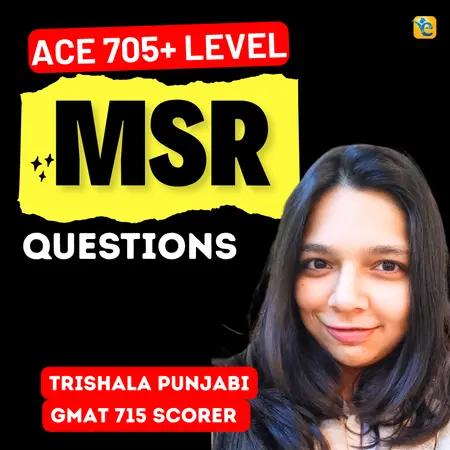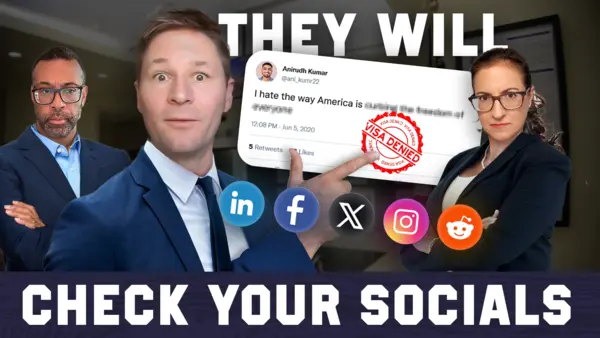Events & Promotions
|
|

GMAT Club Daily Prep
Thank you for using the timer - this advanced tool can estimate your performance and suggest more practice questions. We have subscribed you to Daily Prep Questions via email.
Customized
for You
Track
Your Progress
Practice
Pays
Not interested in getting valuable practice questions and articles delivered to your email? No problem, unsubscribe here.
- Nov 22
11:00 AM IST
-01:00 PM IST
Do RC/MSR passages scare you? e-GMAT is conducting a masterclass to help you learn – Learn effective reading strategies Tackle difficult RC & MSR with confidence Excel in timed test environment - Nov 23
11:00 AM IST
-01:00 PM IST
Attend this free GMAT Algebra Webinar and learn how to master the most challenging Inequalities and Absolute Value problems with ease. - Nov 25
10:00 AM EST
-11:00 AM EST
Prefer video-based learning? The Target Test Prep OnDemand course is a one-of-a-kind video masterclass featuring 400 hours of lecture-style teaching by Scott Woodbury-Stewart, founder of Target Test Prep and one of the most accomplished GMAT instructors.
Kudos
Bookmarks
esha12012000
Hi Esha
Q8 asks us to describe the organization of the first paragraph. Upon reading, we can summarize the gist of the first paragraphs as follows:
Most successful managers do not follow the traditional "rational model" of decision making, but rely on intuition to manage a network of interconnected problems.
Now, let us examine the answer options:
(A) An assertion is made and a specific supporting example is given. While an assertion is made, no supporting examples are given. Eliminate.
(B) A conventional model is dismissed and an alternative introduced. This appears promising. While I don't like the usage of the word "dismissed" for the way the rational model is treated in the first paragraph, it is definitely set aside for a different approach. We can hold on to this option at this stage.
(C) The results of recent research are introduced and summarized. The first paragraph does not talk about any research. Eliminate.
(D) Two opposing points of view are presented and evaluated. We can consider the first paragraph to be presenting two opposing points of view. However, there is no "evaluation" of either view in the first paragraph. Eliminate.
(E) A widely accepted definition is presented and qualified. If we consider the first half of the first paragraph as presenting a "definition" of the rational model, the second half of the first paragraph does not "qualify" this definition in any way but deals with a completely different model altogether. Eliminate.
As we can see, the only option that comes close to being fully correct is option (B), and hence is the correct answer.
Hope this helps.
Kudos
Bookmarks
VeritasKarishma GMATNinja
doubt regarding question 7
Managers who engage in such thinking/acting cycles will "frequently act first and explain later."
if they can explain later then doesn't it meant they do know what they are doing
doubt regarding question 7
Managers who engage in such thinking/acting cycles will "frequently act first and explain later."
if they can explain later then doesn't it meant they do know what they are doing
Kudos
Bookmarks
saby1410
Note the last two sentences of third paragraph:
"Since managers often “know” what is right before they can analyze and explain it, they frequently act first and explain later. Analysis is inextricably tied to action in thinking/acting cycles, in which managers develop thoughts about their companies and organizations not by analyzing a problematic situation and then acting, but by acting and analyzing in close concert."
Managers "know" what is right before they can explain it so they act first. They explain later once they understand why it was right. They use intuition while acting. While acting, they know that it is right but they may not know why it is right.











